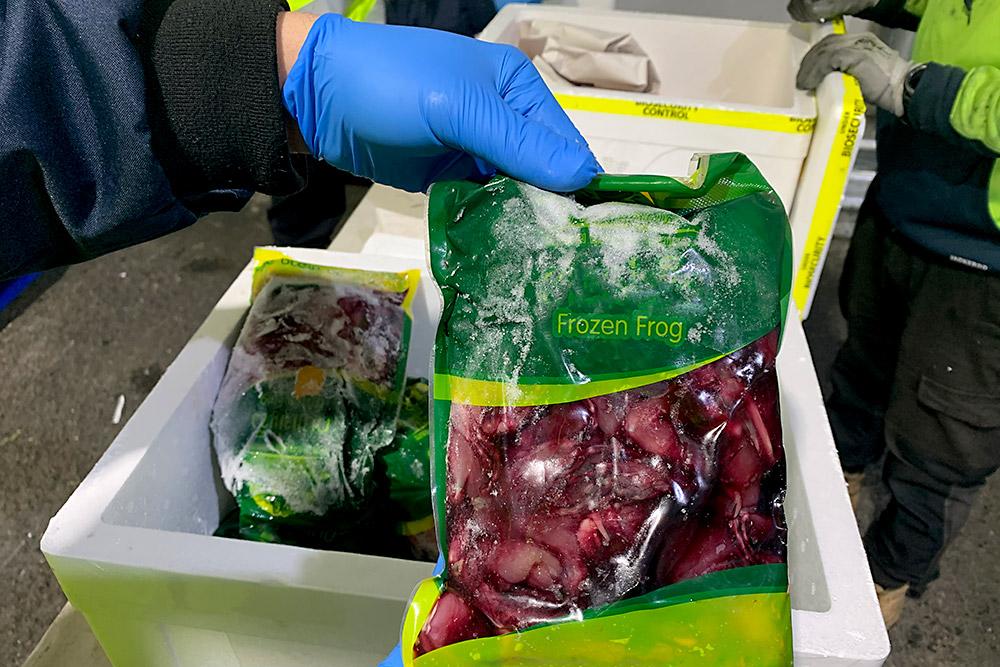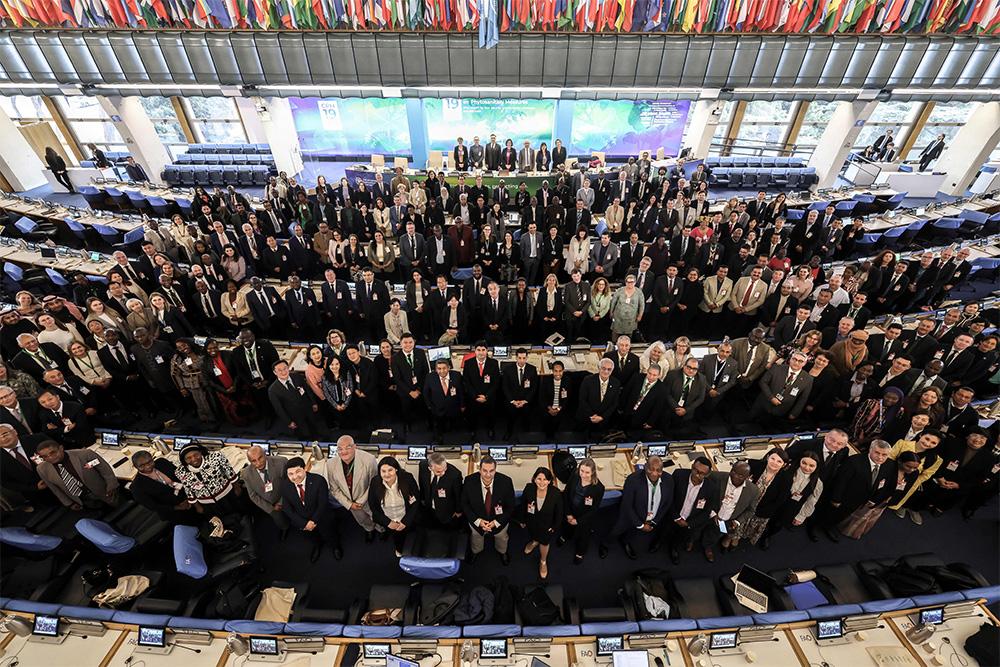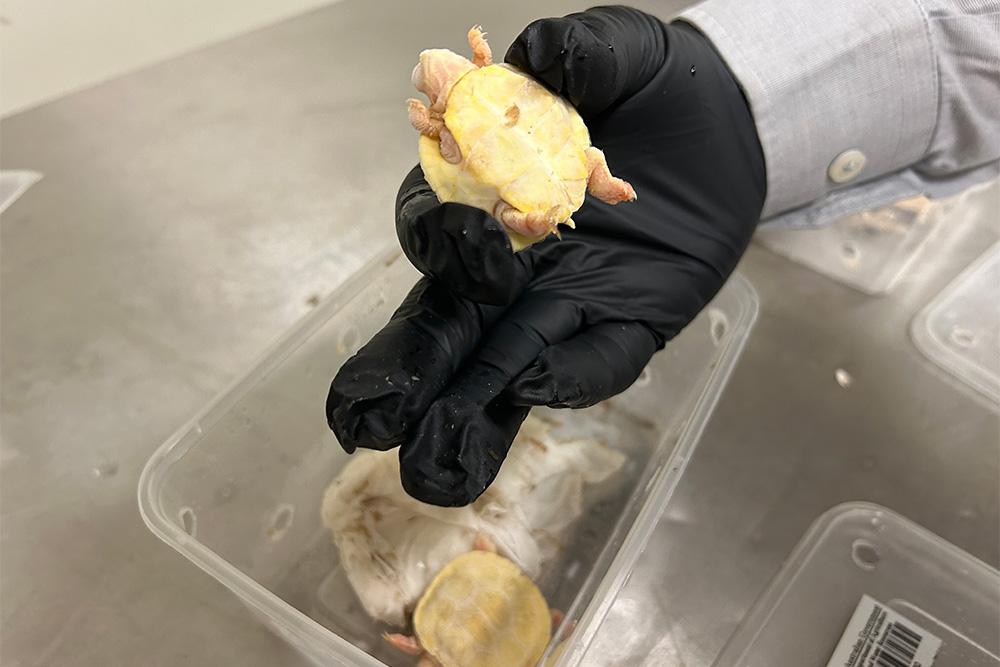The Department of Agriculture, Fisheries and Forestry is rolling out sophisticated new technology to detect and identify exotic plant viruses and viroids at its Post Entry Quarantine Facility (PEQ) at Mickleham, Victoria.
Australia’s Chief Plant Protection Officer Dr Gabrielle Vivian-Smith said the department was using High Throughput Sequencing (HTS) to improve the efficiency of PEQ testing in imported plants.
“HTS is a novel molecular sequencing tool that can detect and identify all plant viruses and viroids from a single sample with unprecedented efficiency,” Dr Vivian-Smith said.
“As of December 2022, HTS replaces conventional testing methods like polymerase chain reaction and biological indexing as the primary screening tools to detect these plant pests in strawberries, stonefruit, almonds, raspberries and blackberries imported into Australia. Just in time for Christmas puddings and cakes!
“The department has worked closely with government, universities, and industry stakeholders since 2013 to develop, optimise, validate and implement this technology in a PEQ setting.
“Over 200 high-risk plants across more than 46 species were used to validate HTS against existing diagnostic tools.”
The rollout of HTS is just one of many diagnostic innovations being championed by the department.
“This is a great example of our ongoing commitment to embed cutting-edge technology into Australia’s plant diagnostics toolkit,” Dr Vivian-Smith said.
“Instead of requiring a lot of costly plant virus tests to screen for biosecurity threats during quarantine, we can now use a single, highly sensitive test to quickly identify viruses and viroids that could threaten our valuable fruit production industries.
“We are always looking for ways to strengthen and future-proof our biosecurity capability. As part of our 2030 vision, the $22.27 million Modern Technologies and Diagnostic Tools (MTDT) program will further revolutionise our diagnostic system to be future-ready in response to new biosecurity threats.”
DAFF is now considering ways to expand applications of HTS to other imported plant material in PEQ, and to support critical national plant health surveillance activities.
If plant importers and stakeholders would like more information, please contact the department at plantstakeholders@aff.gov.au.



